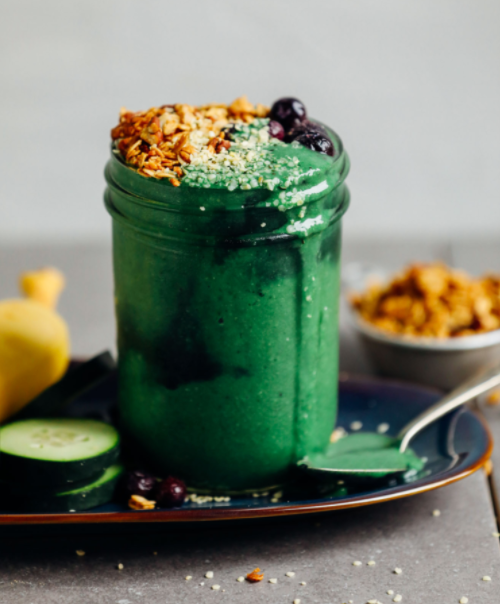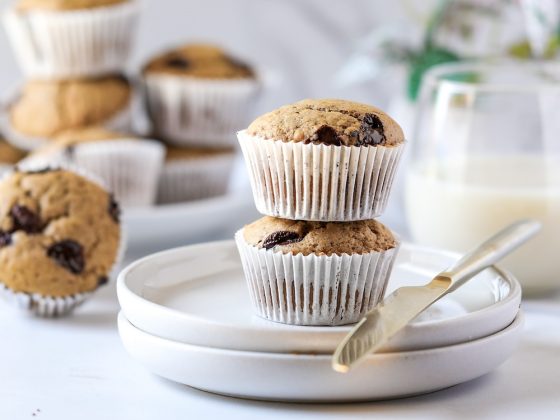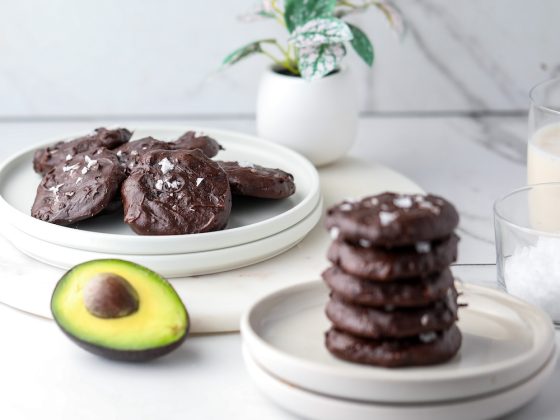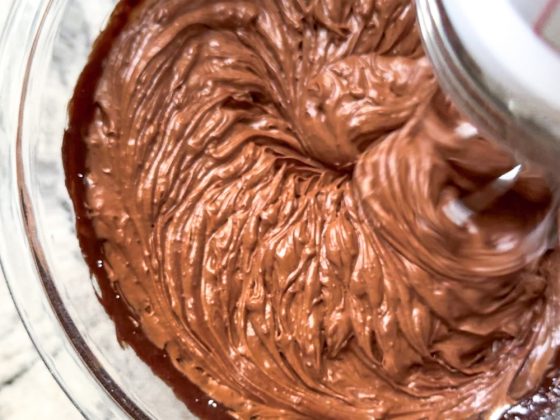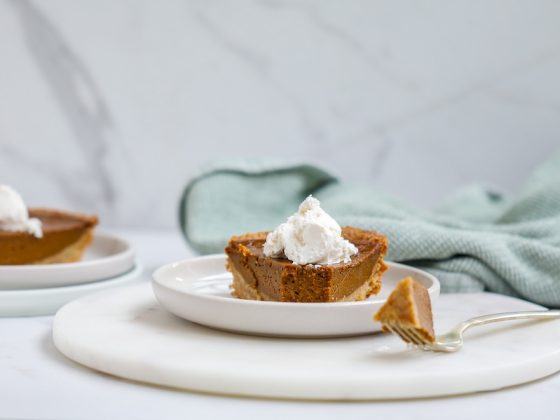If you ever had a blue or teal smoothie, chances are it contains spirulina. Believe it or not, spirulina is a type of bacteria that is cultivated in manmade or natural lakes, says Harvard Health. Yes, you heard us right! “Spirulina is a dense blue-green microalgae that is known as a super food due to its diverse nutritional profile,” says Kari Pitts, RD, a registered dietitian at Preg Appetit. Spirulina has been used as a food for centuries – the Aztecs used it to make green cakes, which gave them increased satiety and energy, according to historical records.
3 Benefits of Spirulina
This superfood boasts a myriad of benefits to support bodily functions. Here are three expert-approved benefits:
-
Spirulina is packed with a variety of vitamins and minerals. Just one tablespoon of spirulina contains 95 milligrams of potassium, 4 grams of protein, and 2 milligrams of iron. “Spirulina is also an excellent source of B vitamins, copper, and other important nutrients which may help to support our immune health,” says Dr. Kristamarie Collman, MD, a board-certified family medicine physician and founder of Prōse Medical.
-
Spirulina contains phycocyanin, the main compound that gives it its vibrant blue color. “Some human studies on spirulina show potential nutrition benefits [of phycocyanin] including immune system support, antioxidant and inflammation protective properties,” says Pitts.
-
A growing body of research in the space suggests spirulina may lower blood pressure. Specifically, a 2018 study published in Hypertension examined the effect of spirulina on blood pressure by administering the superfood to mice. While more research needs to be done in the space to establish a clear understanding, researchers of this study found that spirulina was effective in lowering hypertension, or high blood pressure.
Even though spirulina may be beneficial to your diet, it’s important to watch where it comes from. Unfortunately, spirulina is not regulated by the Food and Drug Administration (FDA), which means there is no guarantee that the product you purchase will be free of contaminants. “There is a potential risk of spirulina being contaminated with microcystins, bacteria and heavy metals. When consumed in large quantities, microcystins can cause liver damage,” says Pitts.
Moreover, there is not enough scientific data to provide a recommended dose of spirulina. Dose usually depends on your age and medical history. Speak to your healthcare provider before taking spirulina regularly to determine a dose that is right for you.
You may most likely have seen spirulina in powder form, but it is also available in capsules, smoothies, and tablets. In its powder form, it tastes like lake or sea water. There are many creative ways of incorporating this superfood into your diet to nourish your body. Be aware that spirulina can be sensitive to heat and should be added at the end of cooking to preserve its nutritional content, Pitts says. It can be added to soups, stews, juices, sauces, and salads for a delicious twist. Here are three mouthwatering recipes you should try:
1. Super Green Spirulina Smoothie
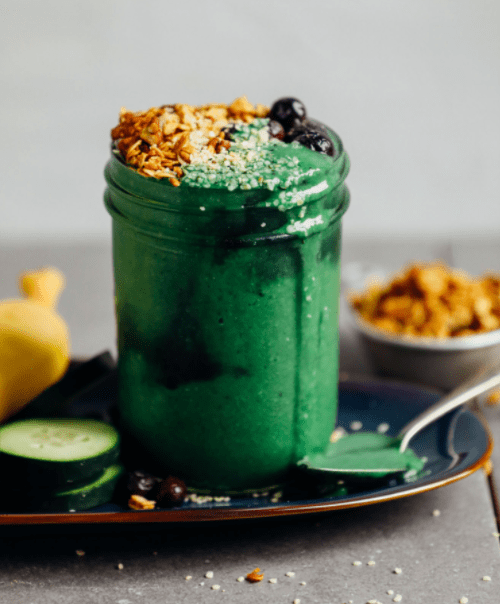
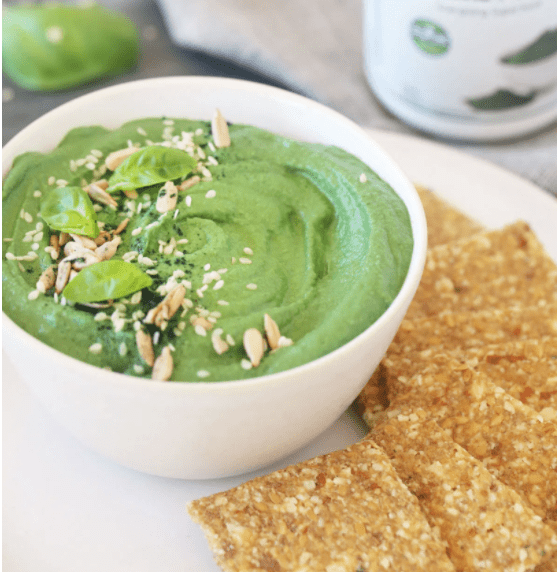
3. Blue Spirulina Mini Cheesecake


